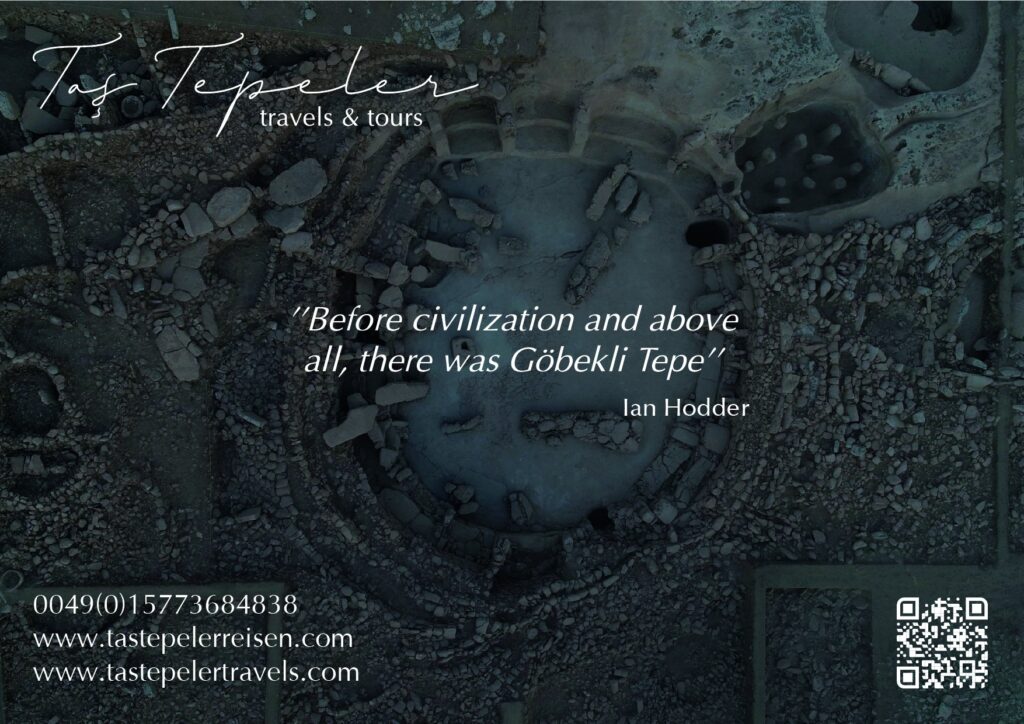
Growing reliance on animal and plant domestication in the Near East and beyond during the Pre-Pottery Neolithic B (PPNB) (the ninth to eighth millennium BC) has often been associated with a “revolutionary” social transformation from mobility toward more sedentary lifestyles. We are able to yield nuanced insights into the process of the Neolithization in the Near East based on a bioarchaeological approach integrating isotopic and archaeogenetic analyses on the bone remains recovered from Nevalı Çori, a site occupied from the early PPNB in Turkey where some of the earliest evidence of animal and plant domestication emerged, and from Ba’ja, a typical late PPNB site in Jordan. In addition, we present the archaeological sequence of Nevalı Çori together with newly generated radiocarbon dates. Our results are based on strontium (87Sr/86Sr), car-bon, and oxygen (δ18O and δ13Ccarb) isotopic analyses conducted on 28 human and 29 animal individuals from the site of Nevalı Çori. 87Sr/86Sr results indicate mobility and connection with the contemporaneous surrounding sites during the earlier PPNB prior to an apparent decline in this mobility at a time of growing reliance on domesticates. Genome-wide data from six human individuals from Nevalı Çori and Ba’ja demonstrate a diverse gene pool at Nevalı Çori that supports connectedness within the Fertile Crescent during the earlier phases of Neolithization and evidence of consanguineous union in the PPNB Ba’ja and the Iron Age Nevalı Çori.


